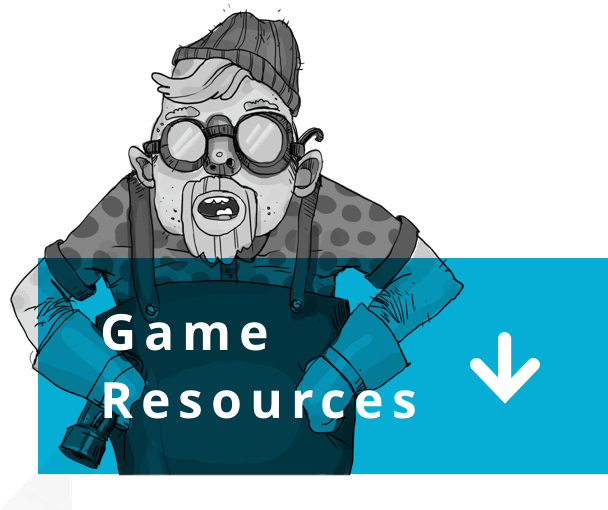 Field Day presents the largest collection of
FREE
learning games on the web.
OPEN VAULT
Field Day presents the largest collection of
FREE
learning games on the web.
OPEN VAULT

 Field Day presents the largest collection of
FREE
learning games on the web.
OPEN VAULT
Field Day presents the largest collection of
FREE
learning games on the web.
OPEN VAULT

Pressure systems cause weather experienced locally. Low-pressure systems are associated with clouds and precipitation that minimize temperature changes through the day, whereas high-pressure systems normally associated with dry weather and mostly clear skies with larger diurnal temperature changes due to greater radiation at night and greater sunshine during the day. Pressure systems are analyzed by those in the field of meteorology within surface weather maps. A low-pressure area, or "low", is a region where theatmospheric pressure at sea level is below that of surrounding locations.
High-pressure systems are frequently associated with light winds at the surface and subsidence through the lower portion of the troposphere.

Wind travels from high to low pressure systems, but moves in a spiral due to the coriolis effect.
The Wind Simulator will support exploration of the following concepts: